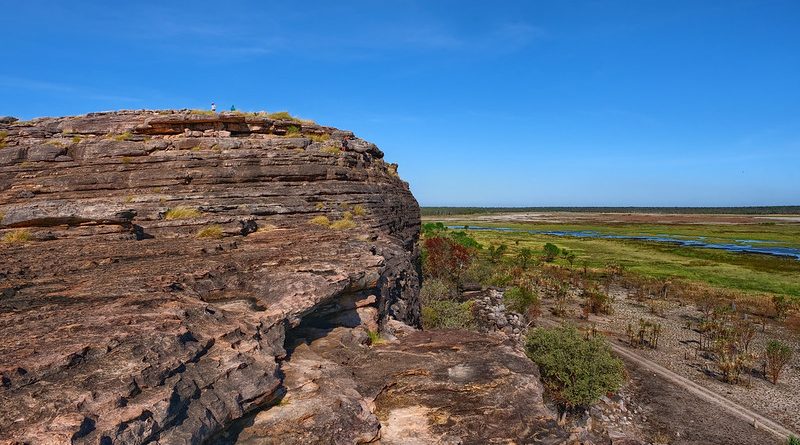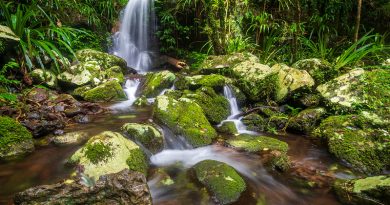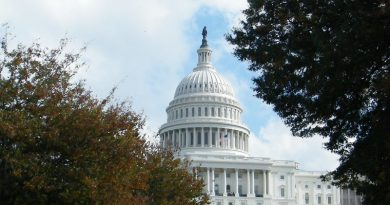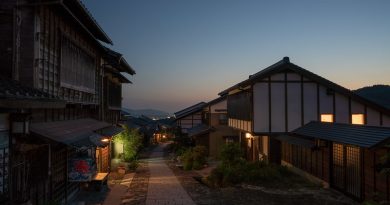Aboriginal Land Rights
When Captain Cook landed in Australia in 1770, the British declared the country “ terra nullius” ,or unoccupied , but Aboriginal tribes had inhabited there for thousands of years.
Each tribe lived in groups of shelters, huts and caves and moved semi nomadically through defined areas hunting and gathering from the land .Anthropologists have now mapped these areas.
The Aborigines were mystified by the new arrivals. They opposed the occupation of their ancestral lands from the start but it has only been in the last fifty years that Aboriginal land rights has become a prominent issue.
Previously Abirigines were killed or died of diseases brought by Europeans for which they had no immunity . They were herded into institutions and families separated in a bid to Christianise and assimilate them into western ways .They were not allowed to vote. Until only 1975 in the State of Queensland an Aborigine was only recognised if they had one white parent.
In 1992 a land mark High Court decision accepted the argument from A Torres Srait islander , Eddie Mabo, ( The Torres Strait islands are off the north coast of Australia), that he had rights of ownership to the land of his ancestors .The court ruled that the international law doctrine of Terra Nullius was not applicable in Australian domestic law.
Since then Aboriginal land rights has become a hotly contested issue as indigenous people fight 200 years of injustice, humiliation and occupation.
It is an issue that is not going to go away. Studies have shown that the Australian aborigines have occupied the continent for up to 50,000 years, longer than any other group of humans on the planet.
There have been numerous high profile land reclamations in the past 50 years.
In 1985 the government handed back Uluru (formerly known as Ayers Rock) and Kata Tjuta (the Olgas) to the Anangu traditional owners, an event which marked a high point for Aboriginal land rights.
The Uluru-Kata Tjuta National Park became one of the first parks in the world to be managed by a board with a majority of traditional owners.
Joint management was guided by tjukurpa – traditional Anangu law and knowledge.
The park is listed twice as a World Heritage area: for its environment in 1987 and for the global significance of the Anangu living culture in 1994.
Every year more than 300,000 visitors come to the site. Walking on the sacred rock is now disallowed.
In 2021, the the Queensland government handed back another Unesco heritage-listed site, Daintree National Park in far north Queensland, to the Eastern Kuku Yalanji people.




